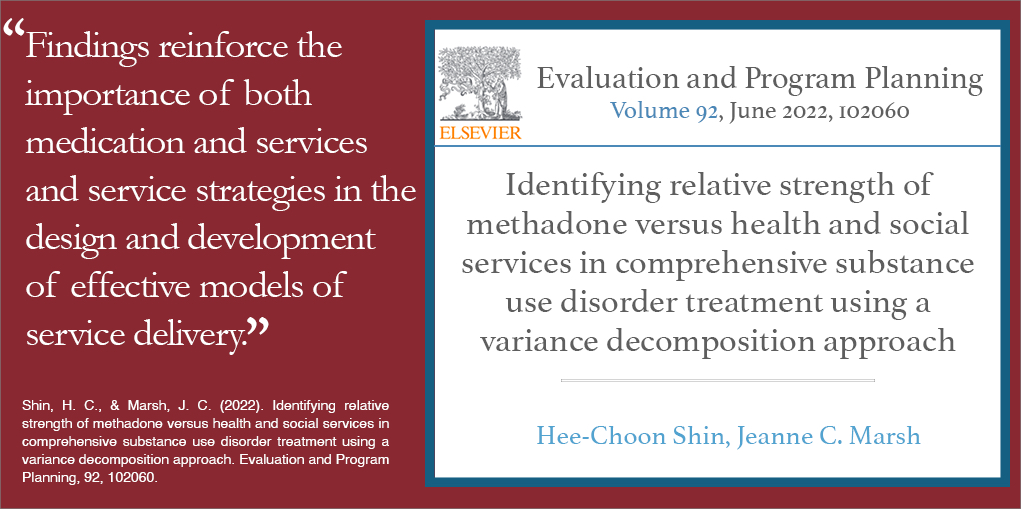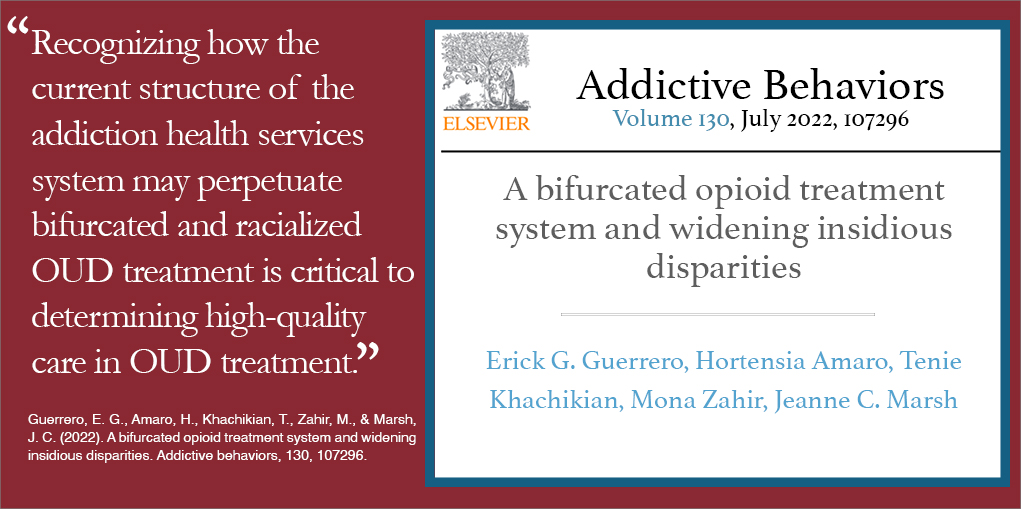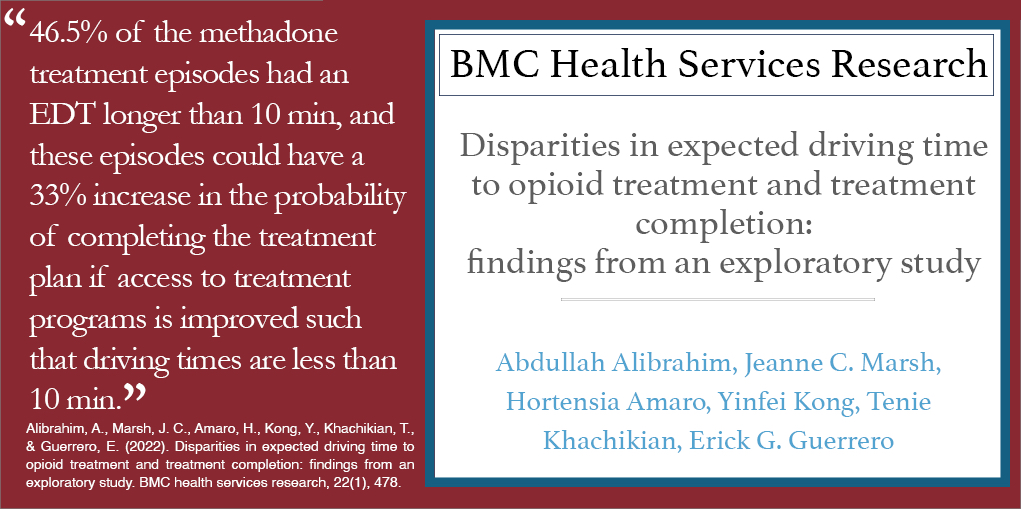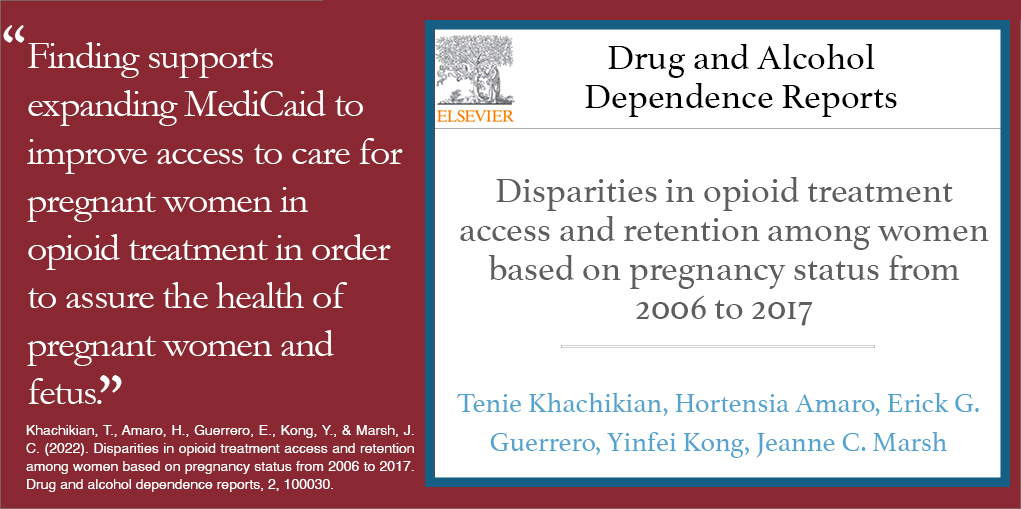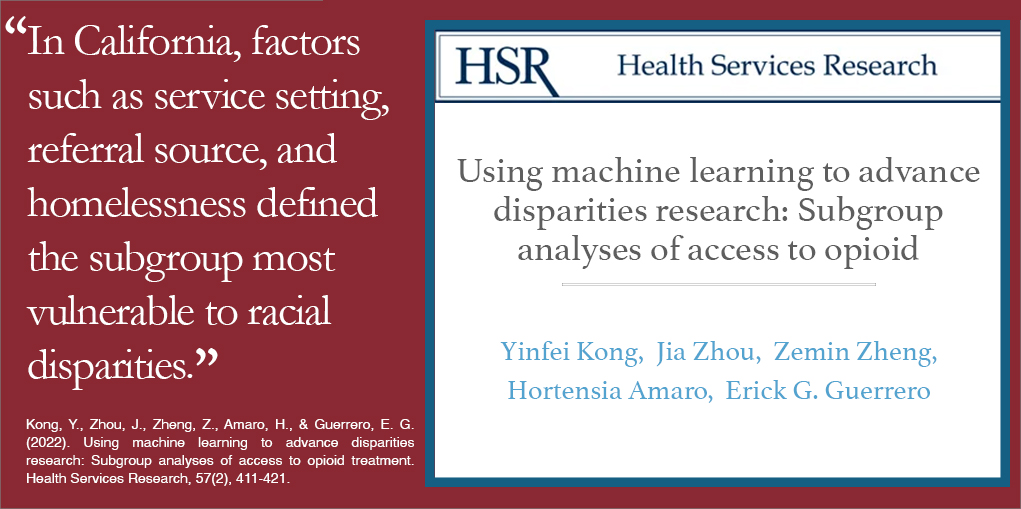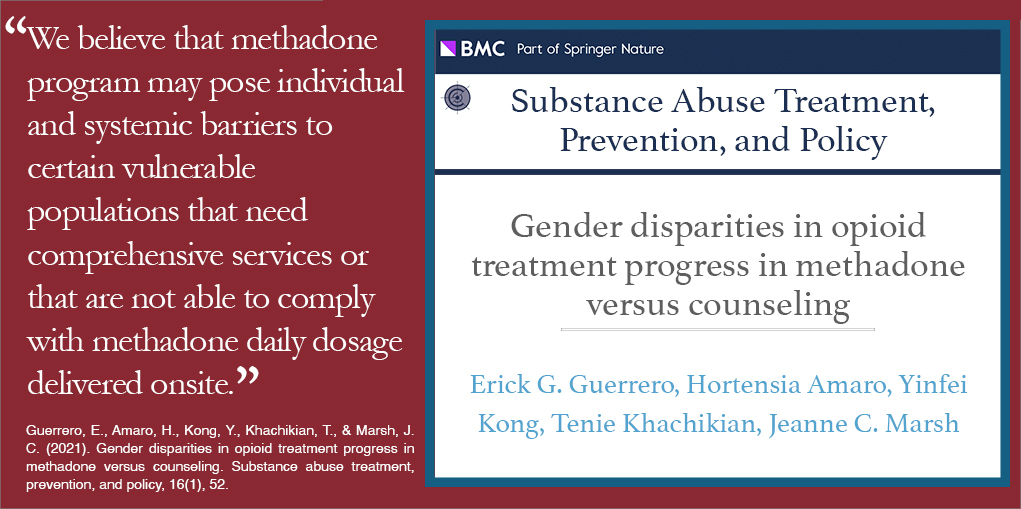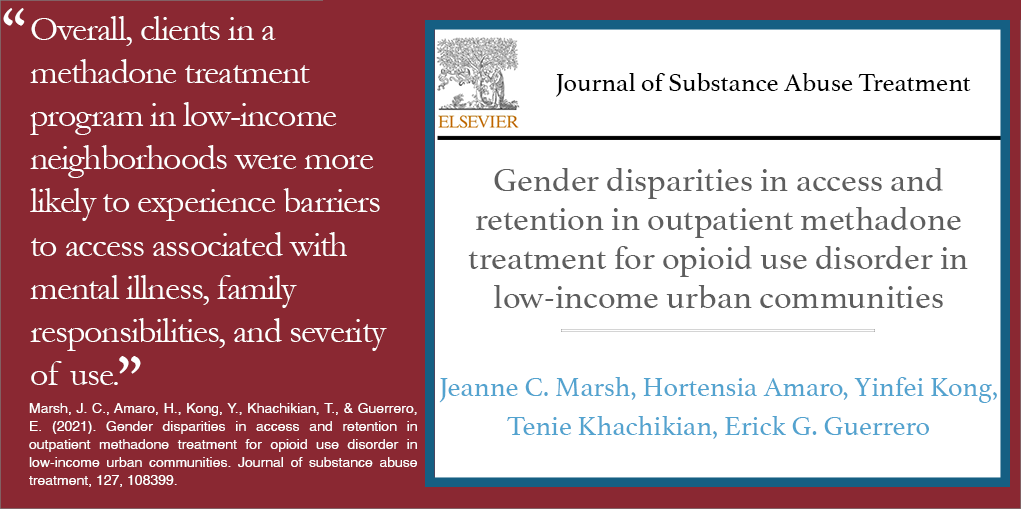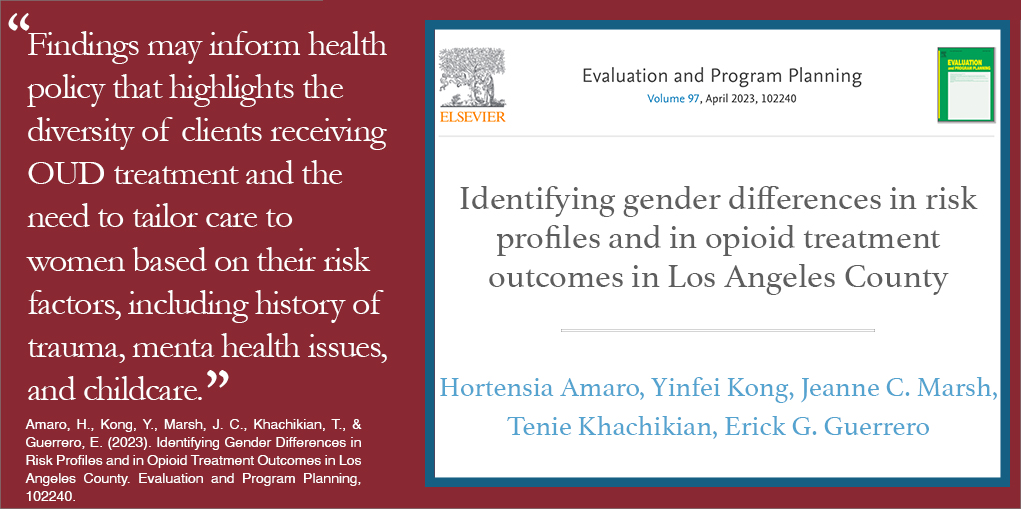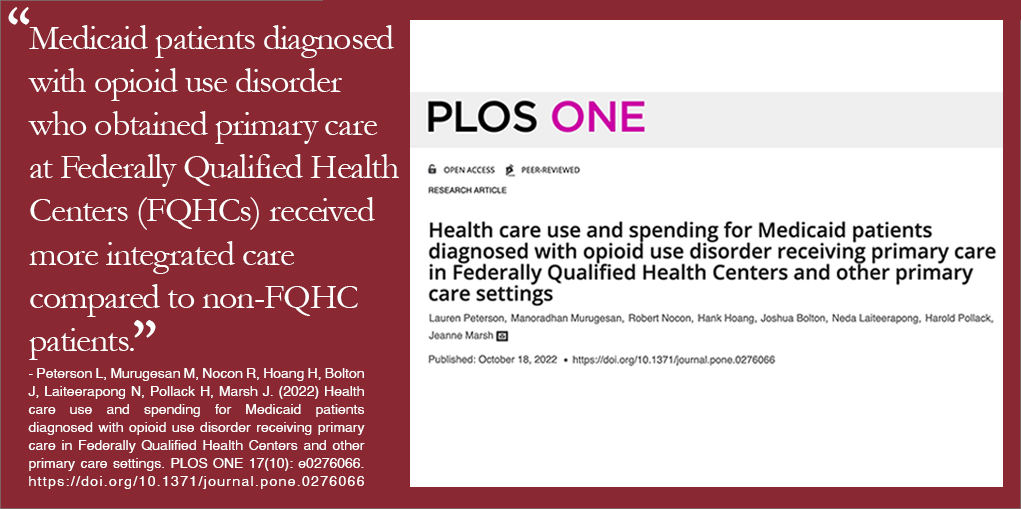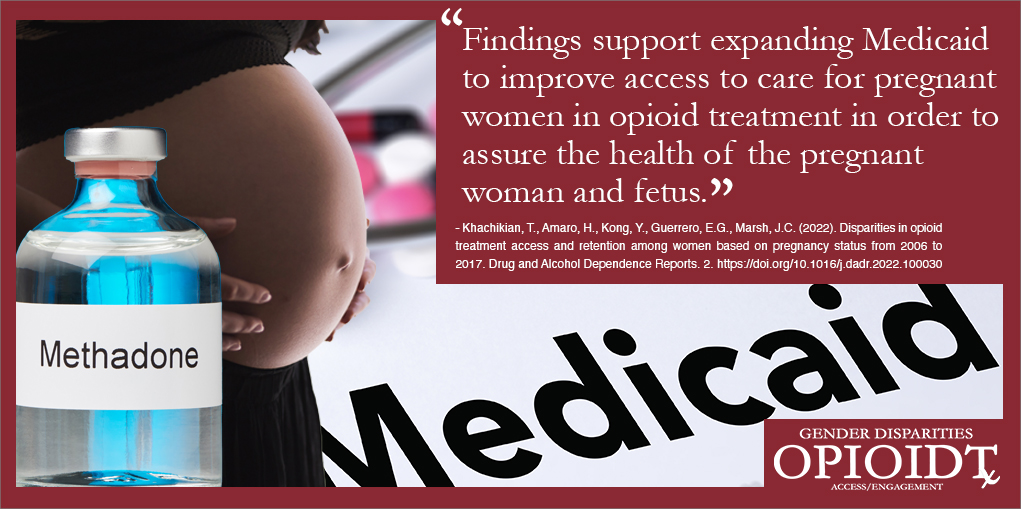How Sexually Transmitted Infection Testing in Outpatient Substance Abuse Treatment Can Help Reduce Infection Rates in the United States
Today sexually transmitted infections (STIs) are linked to nearly $15 billion in the nation’s medical costs, but due to the occasional asymptomatic nature of STIs, those carrying infection may not seek immediate medical care. Many studies have shown the association between sexually risky behavior and substance use, particularly concerning the increased risk for Hepatitis and HIV from injection drug use (IDU). As such, the importance of connecting those most at risk for STIs and least likely to seek medical care, with facilities dedicated to STI intervention, assessment, testing and treatment, is essential. Through referral or direct STI testing on site, outpatient substance abuse treatment (OSAT) facilities can serve in this capacity and help contribute to the reduction of new STI cases.
Though people of all racial/ethnic and socioeconomic backgrounds are affected by STIs, the Centers for Disease Control states Chlamydia, Gonorrhea and Syphilis are the most commonly reported STIs among minorities in the United States. Studies show that women test positively for STIs more often than men and Black men and women are overrepresented in Gonorrhea and Syphilis rates compared to their White and Latino counterparts with men suffering from Syphilis infections at a much greater rate than women. Overall, women are at a much higher risk for STI infections than men, racial/ethnic minorities are at greater risk for infection and STIs are most common among adults under the age of 30. Similarly, those who have either engaged in unprotected sex with multiple partners, injected drugs or traded sex for money and/or drugs are at higher risk for infection.
Because minorities are more likely to be socio-economically disadvantaged, their exposure to low-income communities, alcohol and illicit substances is much higher, in turn, putting these groups at increased risk for STIs. Substance use and impulsive sexual behavior have long been linked, but much evidence suggests that impaired judgment and STI exposure can be reduced when those at risk engage in substance abuse treatment (SAT) environments where they can be assessed or referred for STI testing.
Although the need for OSAT facilities with STI testing services is vital to those with substance use disorders (SUD), only 36 percent of these facilities provide diagnostic testing. Similarly, the numbers of clients who received this testing in a US representative sample from 2000 to 2005 is abysmal with only 24 percent of clients on average per facility receiving STI testing. That said, it is evident the OSAT field should either more broadly implement this prevention method or adopt needed assessment and referral processes for testing. The adoption of these health prevention practices is closely tied to government funding, regulation (i.e. professional licenses and accreditation) and client characteristics, and studies show that public facilities and those affiliated with mental health or hospital settings provide more health interventions, are better staffed and provide greater expertise in health treatment approaches than private OSAT providers. State licensed and professionally accredited facilities, particularly those accredited by the Joint Commission on the Accreditation of Healthcare Organizations (JCAHO), are also more likely to adopt HIV/AIDS testing. In addition, case management has been proven to aid in the coordination of services for vulnerable clients and is closely tied to client social and health service use both on- and off-site.
In a study in the International Journal of Drug Policy, Dr. Erick Guerrero and fellow researcher Julie Cederbaum explore OSAT facility characteristics tied to organizational adoption (whether OSAT facilities offer on-site testing) and client utilization (the extent to which clients receive on- or off-site testing). Analyzing a 2005 nationally representative sample in the United States (the National Drug Abuse Treatment Services Survey), the team explored treatment modality (methadone/non-methadone), ownership (public/private-for profit/non-for profit) and organizational affiliation at OSAT facilities in relationship to availability or referrals for STI testing services. The study focused on independent variables such as clients’ treatment duration, treatment history and diversity (i.e. racial, ethnic, gender and sexual minorities) and case management, as well as organizational factors such as resources and regulation and ownership and affiliation. The team employed logistic regression and censored regression models to analyze STI testing prevalence. The study’s findings show:
- Clients’ treatment duration was the most robust indicator of both adoption and utilization of STI testing.
- Clients’ racial and gender representation was not associated with facilities offering or ensuring STI testing, yet ethnic representation was statistically significant.
- Programs with high representation of Latinos reported a positive relationship with utilization of STI testing and were almost twice as likely to adopt STI testing.
- Facilities where a higher percentage of clients receive case management on-site reported higher utilization of STI testing compared with programs with lower case management. However, high case management facilities were marginally associated with programs that were less likely to offer STI testing on-site.
- Local licensing was only marginally associated with utilization of STI testing, whereas facilities accredited by JCAHO showed a robust positive relationship with percentage of clients’ receiving STI testing.
- For profit and non-for profit facilities reported a lower likelihood of adoption of STI testing and a lower rate of utilization of STI testing compared with public facilities.
- Facilities with a higher percentage of clients with HMO/PPO insurance were marginally associated with a lower utilization of STI testing.
There is cause for alarm considering STI testing has decreased considerably, despite the influx in STI cases among US minorities in the last decade. The lack of implementation for a low-cost, high benefit health intervention provides OSAT facilities and health providers an opportunity re-evaluate their service offerings to provide clients, particularly those most at risk for STI infections, with these health treatment services. While this study is encouraging because smaller, low-resourced OSAT facilities serving predominately Latino clients were provided STI testing, evidence also shows more awareness and services need to be offered to other high risk populations to prevent the spread of infection. In addition, providers can use the study’s results to assess how they can revise their intake protocols, diversify funding and more broadly implement STI testing or assessment/referral processes in OSAT.
To view the study in its entirety, please click here.
Source: “Adoption and utilization of sexually transmitted infections testing in outpatient substance abuse treatment facilities serving high risk populations in the U.S.”, International Journal of Drug Policy




